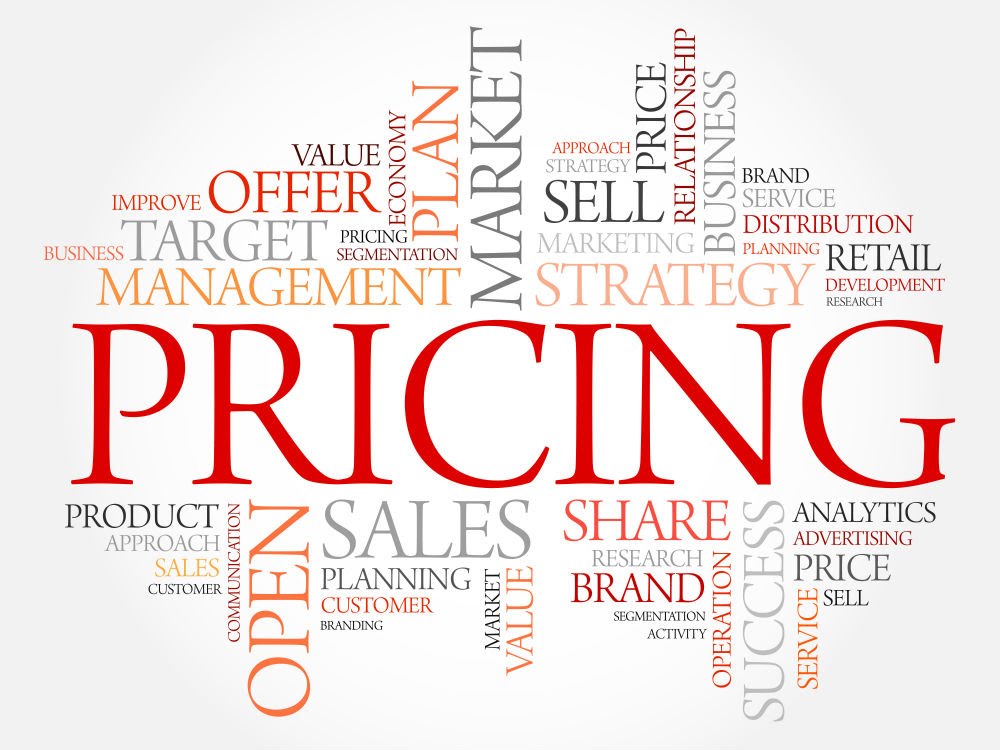One of the most common reasons small businesses fail is due to issues with cash flow. These can arise when processes become inefficient, the supplies to run become too expensive, or when the pricing model is not efficient enough. The pricing strategy you choose has the power to keep your business alive, differentiate you from competition, brand your company, and acquire new customers. That’s why among all the money-related issues that you’ll face in business, from funding to getting paid, setting the right pricing strategy is essential.
Costs
The first step to determining your your pricing strategy is to determine the costs to run your operation. Add up the cost of material and labor required to run. The kinds of costs will vary greatly depending on what kind of business you’re in. The costs will tend to be higher if you produce a physical product, rather than provide a service. Spend time accounting for all your expenses, and don’t forget immaterial overhead as well like insurance and electricity to keep the lights on.
Profit Margin
Decide how much profit you wish to make, within reason for your market. With an understanding of how much on top of your costs you’ll need to make in order to earn a living will help you better understand how much you need to charge. Deduct your expenses from your profit in order to find your profit margin. This is how much you’ll plan to have in revenue.
Customers
The largest variable in the equation are the customer. Conduct thorough audience research in order to eliminate as much uncertainty as you can about who your audience is and what appeals to them. Some important things to uncover are: their demographics, how budget conscious they are, their favorite brands. This will help you figure out if you need to price your product to undercut others, or to provide a unique value.
Competition
It’s essential to know the market. You must have a thorough understanding of what other products and services your audience will be comparing to yours before purchasing. Figure out what you can offer that your competitors cannot, and figure out what people would be willing to pay for the new value. For some quick ways to analyze your competition, check out their websites and social media pages. You’ll learn a ton about who their audience is and their general marketing strategies.
With thorough research, you can then determine which pricing strategy is right for your business, audience, and market. To help you with this, check out this flowchart by Fundera:
Please include attribution to Fundera.com with this graphic.




